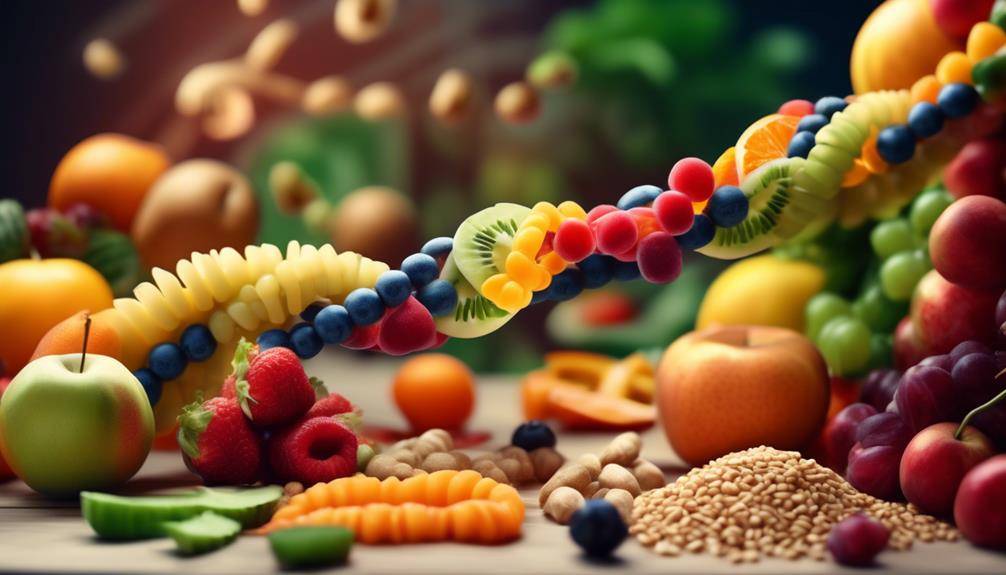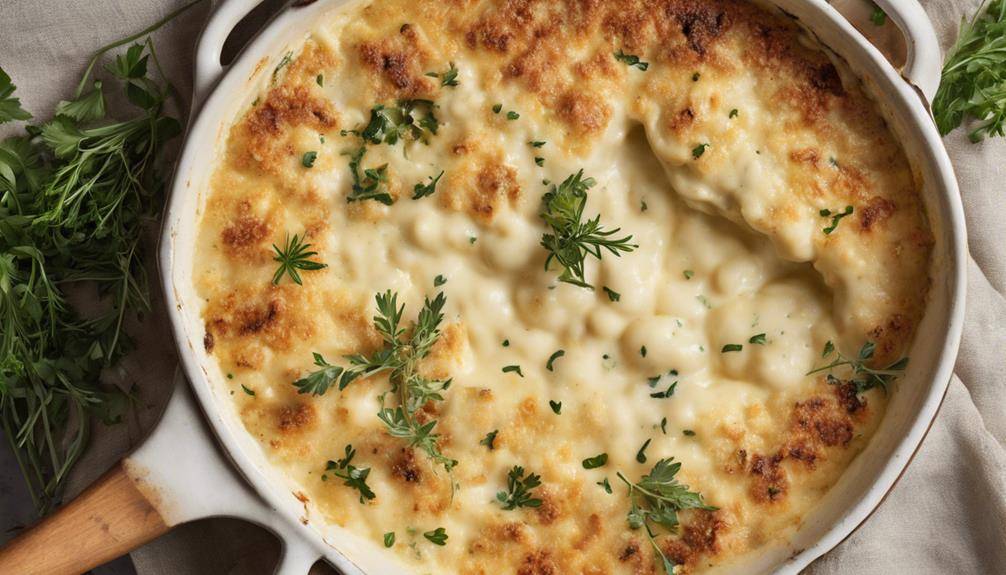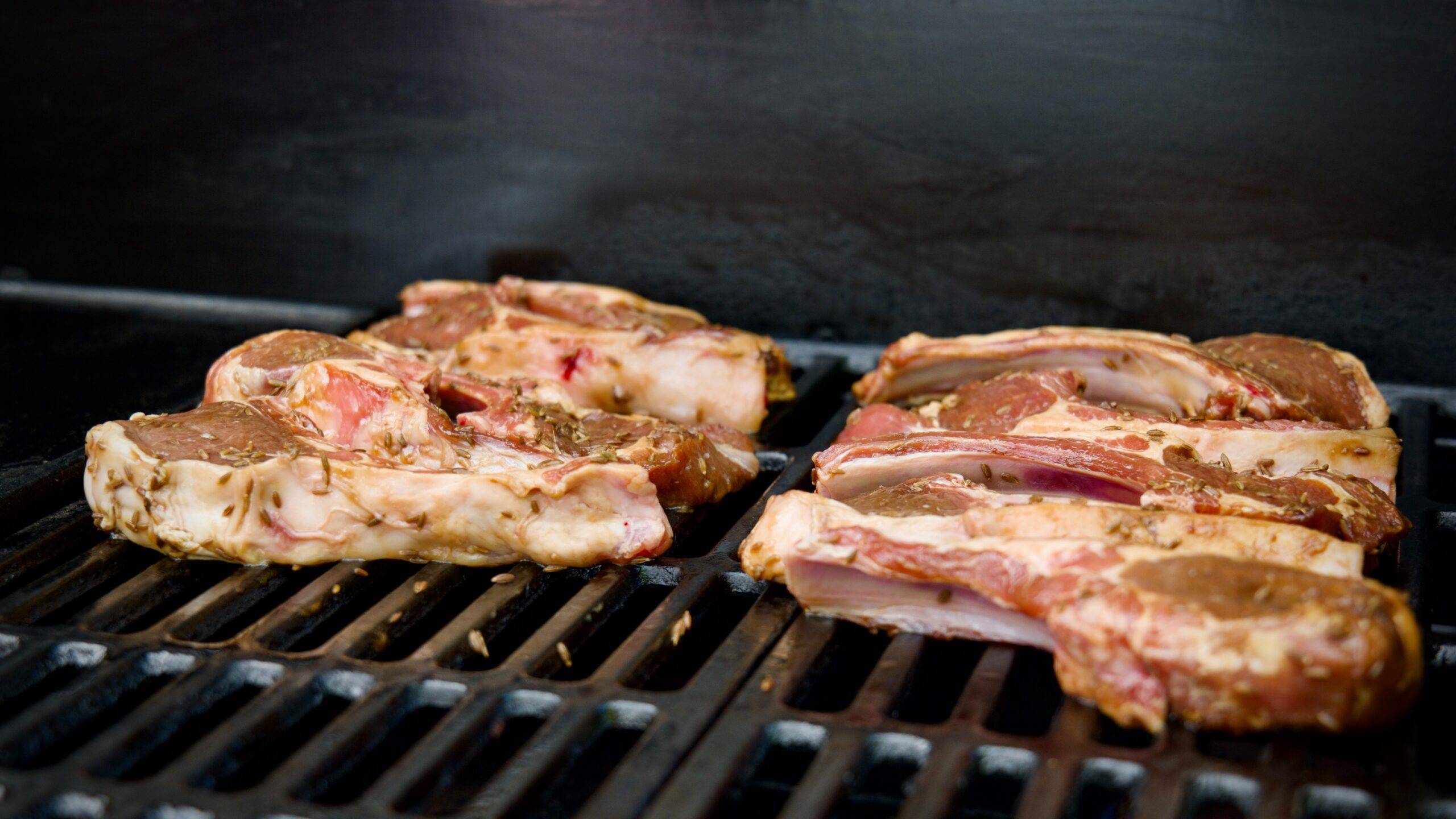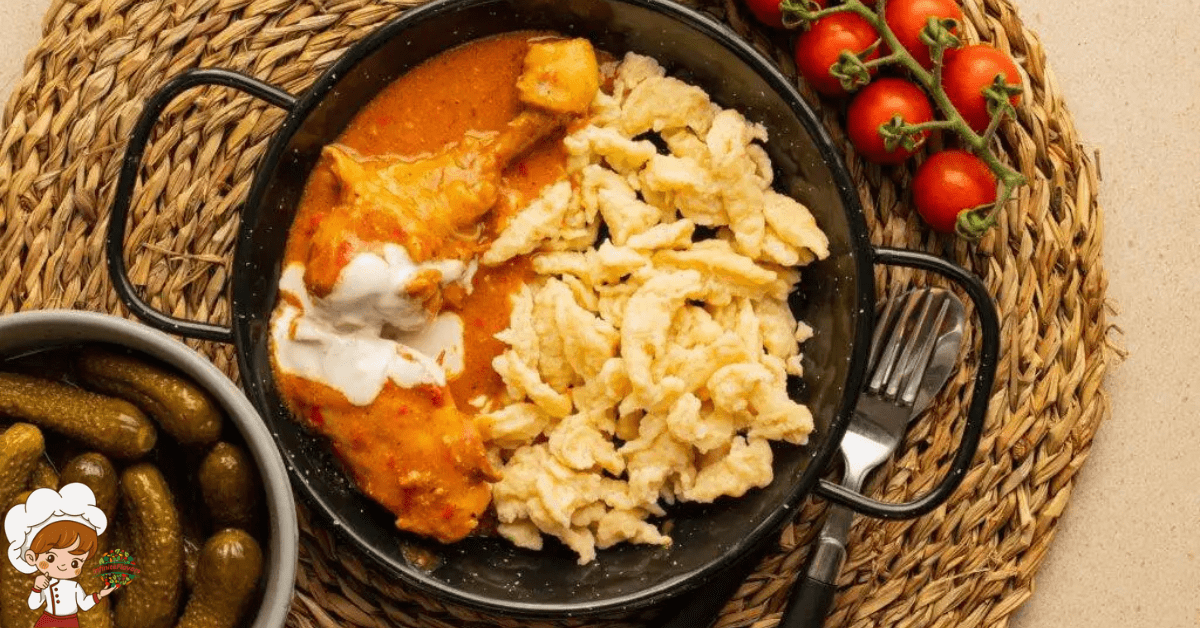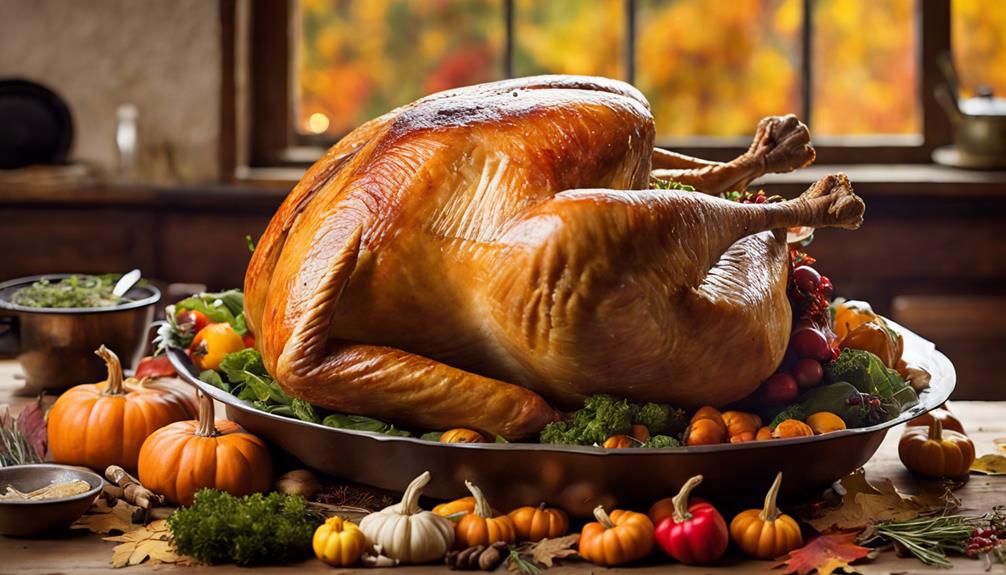How To: Grilling Techniques To Achieve Perfect Sear
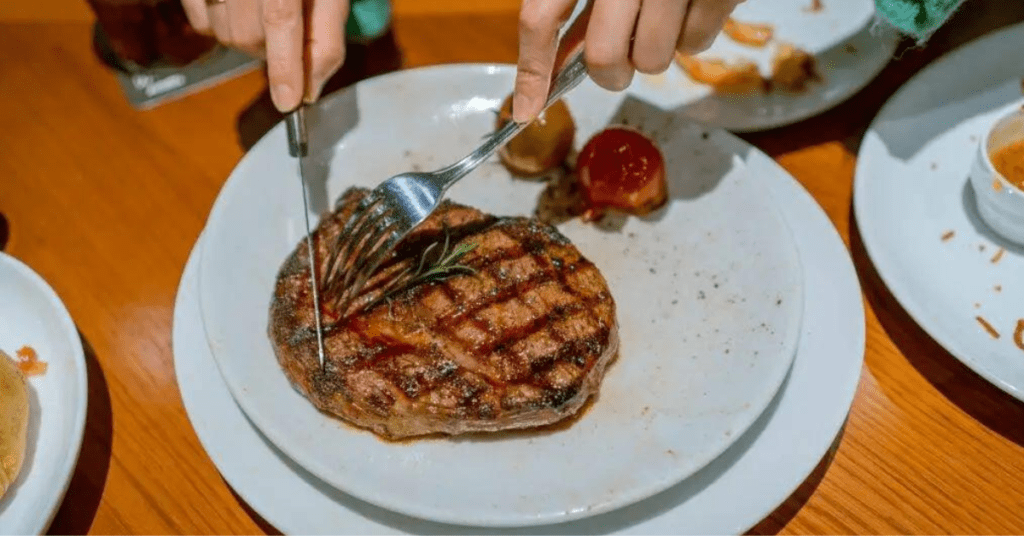
Grilling Techniques To Achieve Perfect Sear; Do you dream of achieving that perfect sear on your grilled meats? Ever wonder why some grilling techniques seem to create a mouthwatering crust while others fall flat? Well, get ready to dive into the world of grilling secrets, because we’re about to uncover why certain techniques can help you achieve that coveted golden brown sear. Think of grilling techniques as your secret weapons, the secret sauce that takes your food from ordinary to extraordinary. By understanding the science behind the sear, you’ll be able to unleash your inner grill master and impress your friends and family with perfectly seared steaks, chops, and burgers. So, grab your tongs and let’s get grilling!
The Importance of High Heat
To achieve a perfect sear on your grilled meats, it is essential to maintain high heat throughout the cooking process. Grill temperature control plays a crucial role in achieving that desired sear on your meat. When grilling, it is important to preheat your grill to a high temperature. This allows the meat to sear quickly, locking in the juices and creating those delicious caramelized crusts.
Controlling the temperature on your grill is essential for achieving consistent sear marks. One technique is to create two heat zones on your grill – a direct heat zone and an indirect heat zone. The direct heat zone is where you will sear the meat, while the indirect heat zone is where you will finish cooking it. By moving the meat between these two zones, you can control the amount of heat it receives and ensure even cooking.
When searing your meat, make sure to use the correct technique to create those beautiful sear marks. Start by placing the meat on the hottest part of the grill, directly over the flames or coals. Allow it to sear for a few minutes without disturbing it. Then, using tongs, rotate the meat 90 degrees to create those iconic grill marks. Flip the meat and repeat the process on the other side. This technique not only adds visual appeal to your grilled meats but also enhances the flavor and texture.
Maillard Reaction and Caramelization
When it comes to achieving the perfect sear on your grilled meat, understanding the Maillard reaction and caramelization is crucial. These processes are responsible for the browning and flavor development that occurs during cooking. The Maillard reaction involves the reaction between amino acids and reducing sugars, resulting in the formation of complex flavor compounds and the characteristic brown color. On the other hand, caramelization occurs when sugar molecules are heated, breaking down and producing a caramel-like flavor and color. By harnessing these heat-induced chemical reactions, you can enhance the taste and visual appeal of your grilled dishes.
Browning and Flavor Development
Achieve the perfect sear on your grilled meats by understanding the science behind browning and flavor development, specifically the Maillard reaction and caramelization. These processes play a crucial role in enhancing the taste and aroma of your food. Here are five important points to consider:
- The Maillard reaction occurs when proteins and sugars in the food undergo a complex series of chemical reactions, resulting in the formation of flavorful compounds.
- Caramelization, on the other hand, involves the breakdown of sugars through heat, leading to the creation of rich, sweet flavors.
- Browning techniques such as searing help to initiate these reactions by applying high heat to the surface of the meat, resulting in the formation of a delicious crust.
- The Maillard reaction and caramelization are responsible for the desirable brown color and complex flavors that make grilled meats so irresistible.
- Understanding the optimal temperatures and cooking times for browning and flavor development can help you achieve the perfect sear every time.
Heat and Chemical Reactions
Now let’s dive into how heat and chemical reactions, specifically the Maillard reaction and caramelization, play a crucial role in achieving the perfect sear on your grilled meats. When you apply heat to your meat during grilling, chemical reactions occur that enhance flavor and create the desirable brown crust. The Maillard reaction, named after the French chemist Louis-Camille Maillard, is a complex series of chemical reactions that occur between amino acids and reducing sugars at high temperatures. This reaction produces a range of flavorful compounds, including aromas and colors, giving your meats that delicious seared taste.
Caramelization, on the other hand, involves the breakdown of sugars when exposed to heat, resulting in the creation of a sweet, deep brown crust. By understanding and utilizing these chemical reactions in your grilling techniques, you can achieve that perfect sear and elevate the taste of your grilled meats.
Preheating the Grill for Optimal Searing
Before you start grilling, it is crucial to preheat your grill for optimal searing. Preheating allows the grill to reach the desired high heat needed to achieve a perfect sear on your food. This high heat helps to create the Maillard reaction, resulting in that delicious brown crust on the outside of your meat while keeping the inside juicy and tender. So, take the time to preheat your grill properly to ensure a successful searing process.
Importance of High Heat
To achieve optimal searing on your grilled meats, it is crucial that you preheat the grill to high heat. Preheating the grill to high heat is essential for several reasons:
- Flavorful Crust: High heat helps to develop a flavorful crust on the surface of the meat. When the meat comes into contact with the hot grill grates, the sugars and proteins present in the meat undergo a chemical reaction called the Maillard reaction, resulting in a delicious caramelization and the formation of a flavorful crust.
- Sear Marks: Preheating the grill to high heat ensures the formation of beautiful sear marks on the meat. The high heat causes the surface of the meat to brown quickly and develop those sought-after grill marks, which not only enhance the visual appeal of the dish but also add a depth of flavor.
- Juiciness: By preheating the grill to high heat, you can quickly sear the meat, sealing in the juices. This prevents the meat from drying out during the cooking process and helps to retain its natural moisture, resulting in a juicy and succulent final product.
- Even Cooking: High heat ensures that the heat is evenly distributed across the grill grates. This allows for consistent cooking and minimizes the risk of unevenly cooked or undercooked portions of meat.
- Time Efficiency: Preheating the grill to high heat reduces the overall cooking time. The intense heat helps to cook the meat quickly, allowing you to achieve that perfect sear without overcooking the interior.
Searing Vs. Cooking Through
Preheating your grill to achieve optimal searing involves understanding the difference between searing and cooking through. Searing is a cooking method that involves applying high heat to the surface of the food, creating a browned and flavorful crust. It is typically done for a short period of time to lock in the juices and enhance the taste.
On the other hand, cooking through refers to the process of ensuring the food is cooked evenly and thoroughly, reaching the desired internal temperature. When preheating your grill, you are essentially creating a surface that is hot enough to sear the food quickly, while still allowing it to cook through to the desired doneness. This is why it is essential to preheat your grill before cooking, as it ensures the proper balance between searing and cooking through.
The Role of Fat and Marinades
How can fat and marinades enhance the perfect sear when grilling? Fat and marinades play a crucial role in achieving the perfect sear on grilled meats. When used correctly, they can enhance the flavor, texture, and appearance of your grilled dishes. Let’s explore how fat and marinades contribute to the ideal sear.
- Fat: Adding a layer of fat to your meat before grilling helps to create a barrier between the meat and the heat source. This barrier prevents the meat from sticking to the grill and promotes even cooking. Additionally, the fat renders during the grilling process, basting the meat and keeping it moist and juicy.
- Marinades: Marinades are a combination of acidic ingredients, such as vinegar or citrus juice, and flavorful herbs and spices. They work by tenderizing the meat and infusing it with delicious flavors. The acidity in marinades helps to break down the proteins in the meat, resulting in a more tender and succulent texture. Moreover, the sugars in marinades can caramelize during grilling, creating a beautiful crust and adding depth to the flavor profile.
- Flavor Enhancement: Fat and marinades contribute to the overall taste of the grilled dish. The fats, such as oils or butter, carry and amplify the flavors of the seasoning, enhancing the taste of the meat. Marinades, on the other hand, infuse the meat with a myriad of flavors, making each bite more enjoyable.
- Appearance: Fat and marinades also play a role in the visual appeal of grilled dishes. The fat aids in browning and caramelization, creating an appetizing crust on the meat. Marinades can add color to the meat, resulting in an inviting and vibrant plate.
- Moisture Retention: Both fat and marinades help retain moisture in the meat, preventing it from drying out during grilling. This ensures that the meat remains tender and juicy, even after it has been cooked to the ideal sear.
Timing Is Everything: Knowing When to Flip
Knowing the right moment to flip your grilled meat is crucial for achieving the perfect sear. Proper flipping techniques and timing play a significant role in achieving that mouthwatering crust on your meat. To understand when to flip, it is important to consider the searing temperature.
When grilling, it is essential to preheat your grill to the appropriate searing temperature. The searing temperature is typically around 450-500°F (232-260°C). This high heat is necessary to create a Maillard reaction, which is responsible for the delicious browning and flavor development on the surface of the meat.
Once your grill is preheated, place your meat on the hot grates and let it cook undisturbed for a few minutes. This initial contact with the hot grates is crucial for achieving a good sear. During this time, the high heat causes the proteins on the surface of the meat to denature, forming a caramelized crust.
After a few minutes, it’s time to flip your meat. A common mistake is flipping too early. If you flip too soon, the meat may stick to the grates and tear apart, leading to an uneven sear. To avoid this, wait until the meat easily releases from the grates before flipping. This indicates that a crust has formed and the meat is ready to be turned over.
Resting the Meat: Locking in Juices and Flavor
Resting the meat after grilling is crucial for preserving its juices and enhancing the flavor. When you let the grilled meat rest, it allows the juices to redistribute, resulting in a more tender and flavorful final product. Here are five reasons why resting the meat is essential:
- Locking in Moisture: Resting the meat after grilling helps to lock in the natural moisture. As the meat rests, the surface temperature decreases, allowing the juices to be redistributed back into the fibers, preventing them from escaping when you slice into it.
- Enhanced Flavor: Resting the meat allows the flavors to meld together. When you allow the meat to rest, the flavors have time to develop and become more pronounced. This results in a more complex and delicious taste.
- Tenderization: Resting the meat helps to tenderize it. During the grilling process, the meat’s proteins tighten up, causing it to become tough. Allowing the meat to rest after grilling gives the proteins time to relax, leading to a more tender texture.
- Uniform Cooking: Resting the meat ensures that it is evenly cooked. When you remove the meat from the grill, the outer layers are hotter than the inner portions. By resting the meat, the residual heat continues to cook the inner parts, resulting in a more evenly cooked piece of meat.
- Juiciness: Resting the meat helps to retain its juiciness. When you cut into meat that hasn’t been rested, the juices tend to escape, leaving you with a drier piece of meat. Allowing the meat to rest ensures that the juices stay locked in, resulting in a moist and succulent bite.
Mastering the Art of the Sear: Tips and Tricks
To achieve a perfect sear, you need to master the technique of high-heat grilling. The sear marks that form on your meat not only add visual appeal but also contribute to the overall flavor and texture. Achieving the perfect crust requires careful attention to a few key tips and tricks.
First and foremost, ensure that your grill is preheated to a high temperature. This will allow for a quick and intense sear, creating a caramelized crust on the outside of the meat. The high heat also helps to lock in the juices, keeping the inside tender and moist.
Next, make sure your meat is dry before placing it on the grill. Excess moisture can hinder the formation of a proper crust. Patting the meat dry with paper towels will remove any surface moisture and promote better sear development.
When placing the meat on the grill, resist the urge to move it around too much. Allow it to sit undisturbed for a few minutes to develop a good sear. This will help to create those desired sear marks and enhance the flavor and texture of the crust.
Another tip is to apply a thin layer of oil or marinade to the meat before grilling. This will help to prevent sticking and promote even browning. Be sure to choose an oil with a high smoke point, such as canola or vegetable oil, to avoid the formation of acrid flavors.
Lastly, consider using a grill pan or cast iron skillet for searing. These cooking surfaces retain heat well and distribute it evenly, resulting in a more consistent sear. They also help to prevent flare-ups and can be used on both gas and charcoal grills.
Frequently Asked Questions: Grilling Techniques To Achieve Perfect Sear
What Are Some Alternative Methods for Achieving a Perfect Sear on the Grill?
To achieve a perfect sear on the grill, consider alternative methods like low heat searing. By starting with low heat, you can slowly and evenly cook the meat, allowing it to develop a delicious crust without overcooking the inside.
Can You Achieve a Perfect Sear Without Using High Heat?
You can achieve a perfect sear without using high heat by employing alternative searing techniques. Low heat searing has its benefits, such as allowing for more control over the cooking process and preventing overcooking.
How Do Different Types of Meat Affect the Searing Process?
Different meats have different compositions and fat contents, affecting how they sear. Temperature plays a crucial role in the searing process, as it determines the Maillard reaction. Understanding these factors will help you achieve the perfect sear.
What Are Some Common Mistakes to Avoid When Trying to Achieve a Perfect Sear?
When trying to achieve a perfect sear, common mistakes can hinder your success. However, with these tips and tricks, you can avoid them. Pay attention to temperature control, don’t overcrowd the grill, and let the meat rest before slicing.
Are There Any Specific Grilling Tools or Equipment That Can Help Improve the Searing Technique?
To improve your searing technique, the best grilling tools and equipment include a cast iron skillet, a grill press, and a high-quality meat thermometer. These tools help achieve a perfect sear by providing even heat distribution and ensuring proper cooking temperatures.
Conclusion
In conclusion, achieving the perfect sear on grilled meat requires a combination of high heat, the Maillard reaction, preheating the grill, and timing. The Maillard reaction and caramelization create the delicious flavors and aroma associated with a well-seared crust. Preheating the grill ensures that the meat cooks quickly and evenly. Knowing when to flip the meat is crucial to prevent overcooking. Finally, resting the meat allows the juices and flavors to redistribute, resulting in a tender and flavorful final product. Mastering these techniques will elevate your grilling game to new heights.



